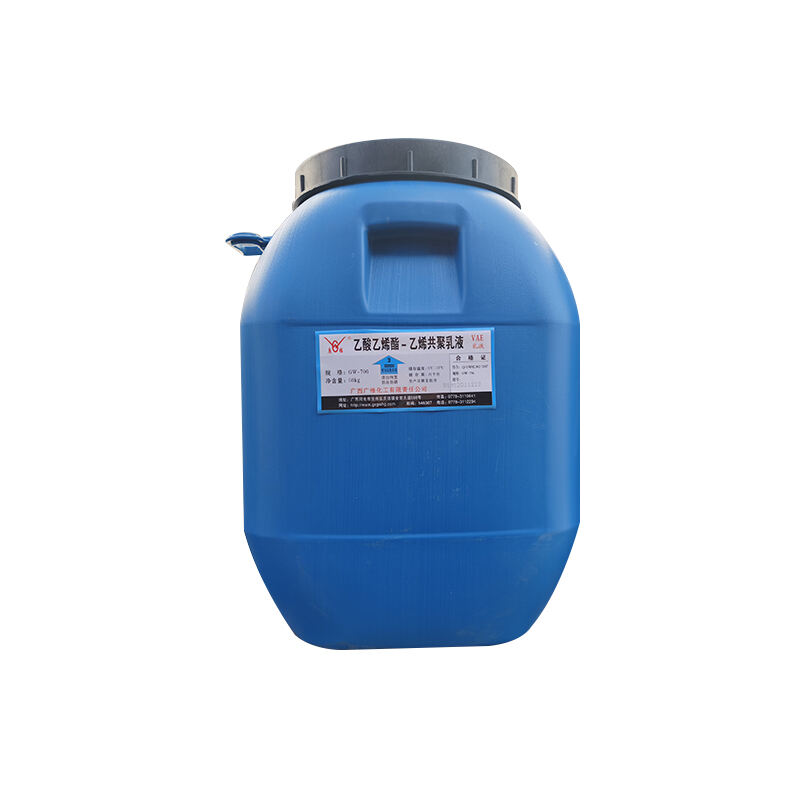
What Is VAE Emulsion and Why It’s Essential in Water-Based Ink Formulation Definition and role of VAE emulsion in water-based ink systems VAE, short for Vinyl Acetate Ethylene, is basically a type of water based polymer made when they combine ...
VIEW MORE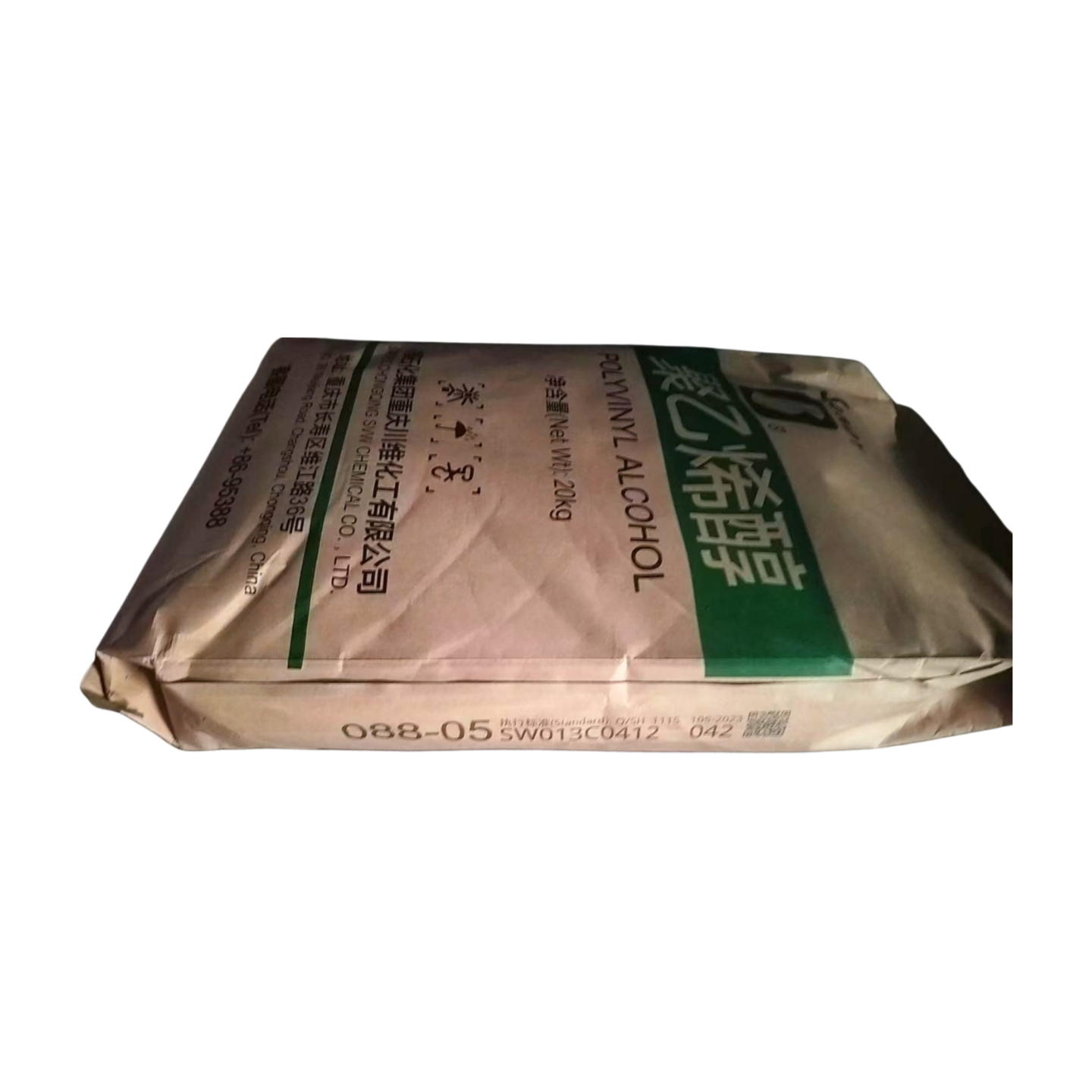
Key Properties of PVA 0588 Defining PerformanceChemical Structure and Molecular Weight of PVA 0588The performance characteristics of PVA 0588 come down to its molecular weight around 22,000 g per mole and polymerization degree near 500 units. These n...
VIEW MORE
Understanding Redispersible Polymer Powder (RDP) and Its Role in Crack Resistance What is redispersible polymer powder (RDP) and how it functions in mortar Redispersible polymer powder, often called RDP for short, starts life as a spray dried polyme...
VIEW MORE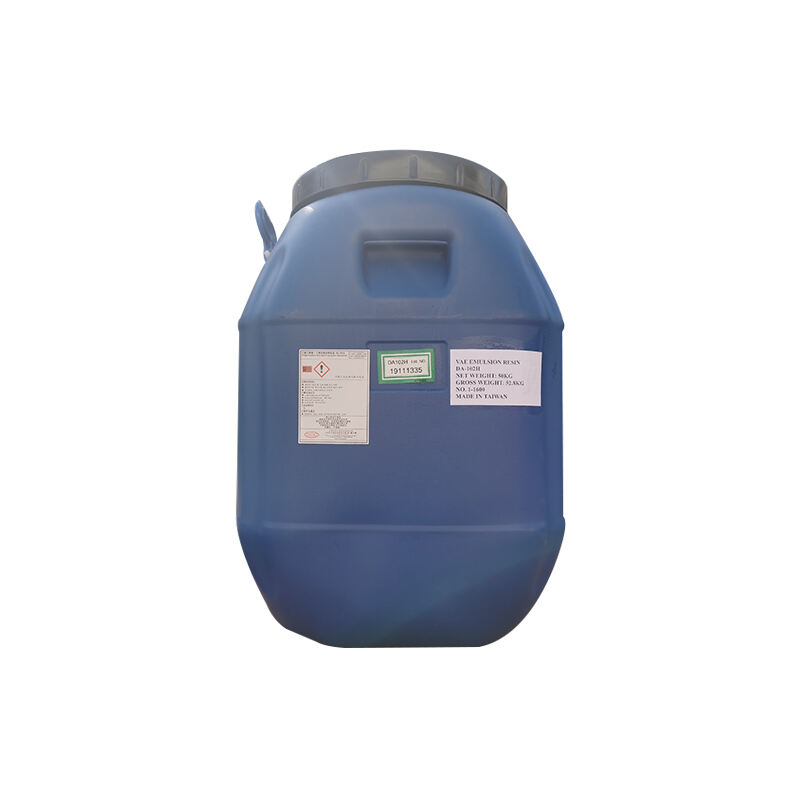
Understanding VAE Emulsion and Its Role in Sustainable Construction The construction industry worldwide is shifting focus to greener materials, making VAE emulsion a key player in sustainable building methods these days. According to some recent re...
VIEW MORE
What Is PVA 1799 and Why It Delivers Superior Strength Defining PVA 1799: The polymer standard for high-performance applications PVA 1799 stands out among polyvinyl alcohol polymers because it has been hydrolyzed to around 98-99%, with carefully man...
VIEW MORE
What Is RDP and How Does It Work in Rendering Mortar? Definition and Composition of Redispersible Polymer Powder (RDP) Redispersible polymer powder, commonly known as RDP, consists primarily of polymer binders along with protective colloids and anti...
VIEW MORE
Understanding VAE's Role in Coating Drying DynamicsWhat Makes VAE a Key Player in Film Formation?VAE (Vinyl Acetate Ethylene) is pivotal in film formation due to its unique polymer chain structure, which offers excellent flexibility and adhesion. Thi...
VIEW MORE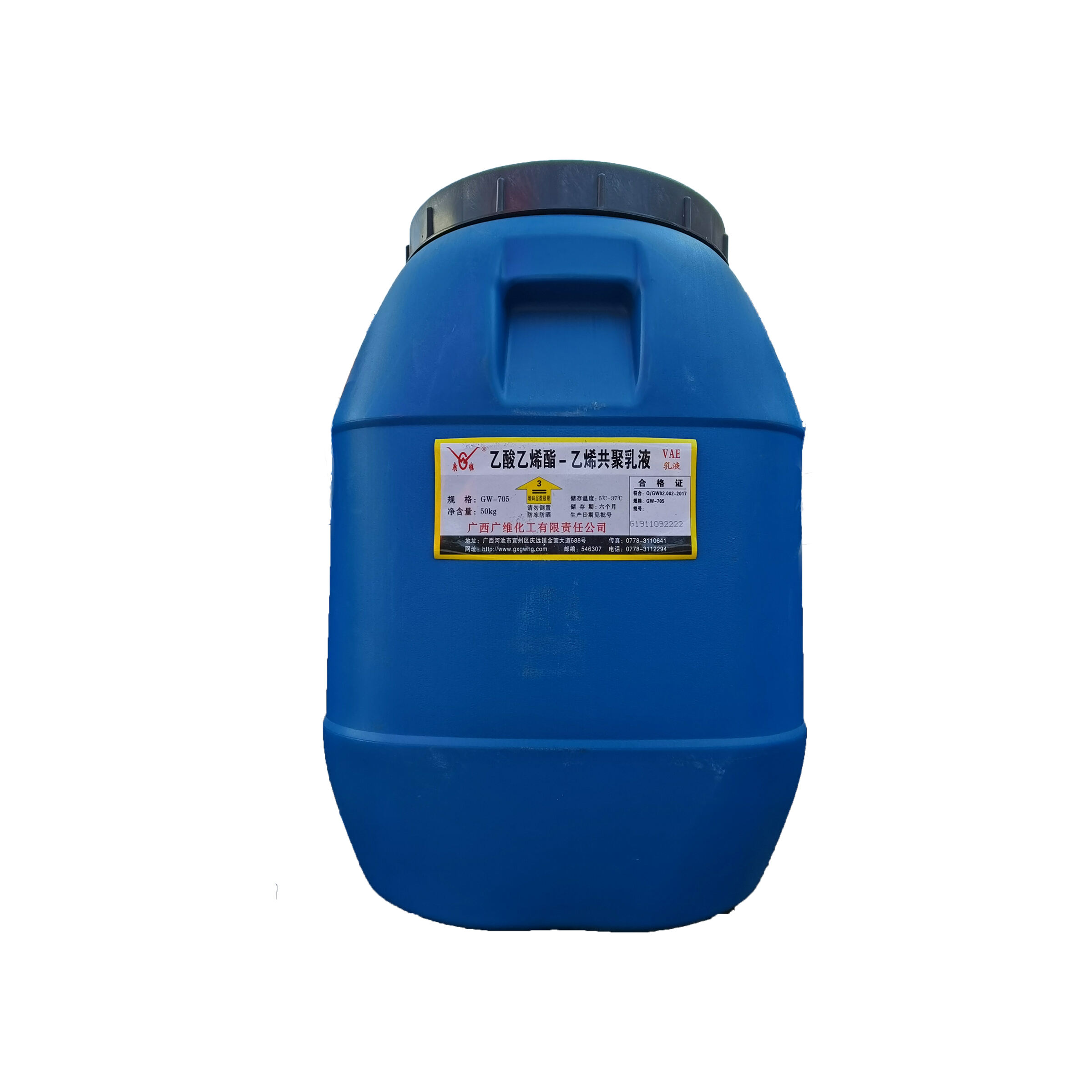
Composition and Properties of VAE Hot-Melt Adhesives Key Components in VAE Formulations VAE hot-melt adhesives are crafted predominantly from Vinyl Acetate and Ethylene, offering distinctive adhesion capabilities, the ratio of which significantly in...
VIEW MORE
Troubleshooting Poor RDP Dispersion in Mortar Ensuring uniform dispersion of Redispersible Polymer Powders (RDP) in mortar is crucial for optimizing its performance and workability. RDP's ability to enhance water retention, flexibility, and ad...
VIEW MORE
Core Properties of PVA 2488 Enabling High-Strength Films Tensile Strength & Mechanical Performance PVA 2488 exhibits impressive tensile strength values, crucial for enhancing durability in various applications. Studies have demonstrated that PVA ...
VIEW MORE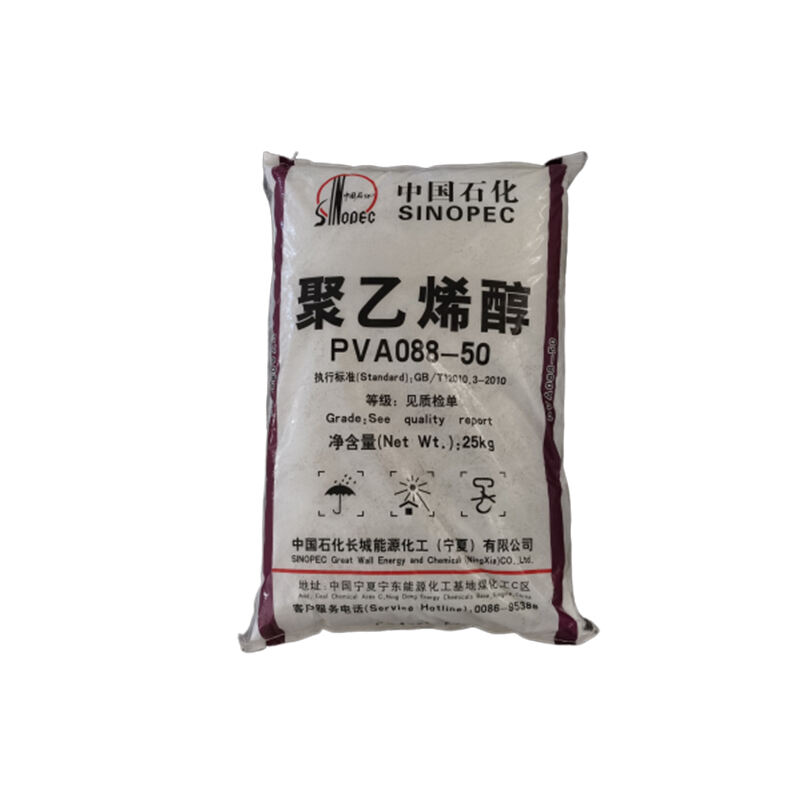
Understanding Polyvinyl Alcohol (PVA) in Modern Packaging Core Properties and Water Solubility Polyvinyl Alcohol (PVA) is a synthetic polymer renowned for its exceptional water solubility, making it a highly unique choice among polymers used in packa...
VIEW MORE
Understanding PVA 1788 in Water-Based Adhesive Formulations What is PVA 1788? PVA 1788 is a type of polyvinyl acetate (PVA) emulsion uniquely formulated for water-based adhesives. Known for its excellent adhesion properties, PVA 1788 is versatile in ...
VIEW MORE